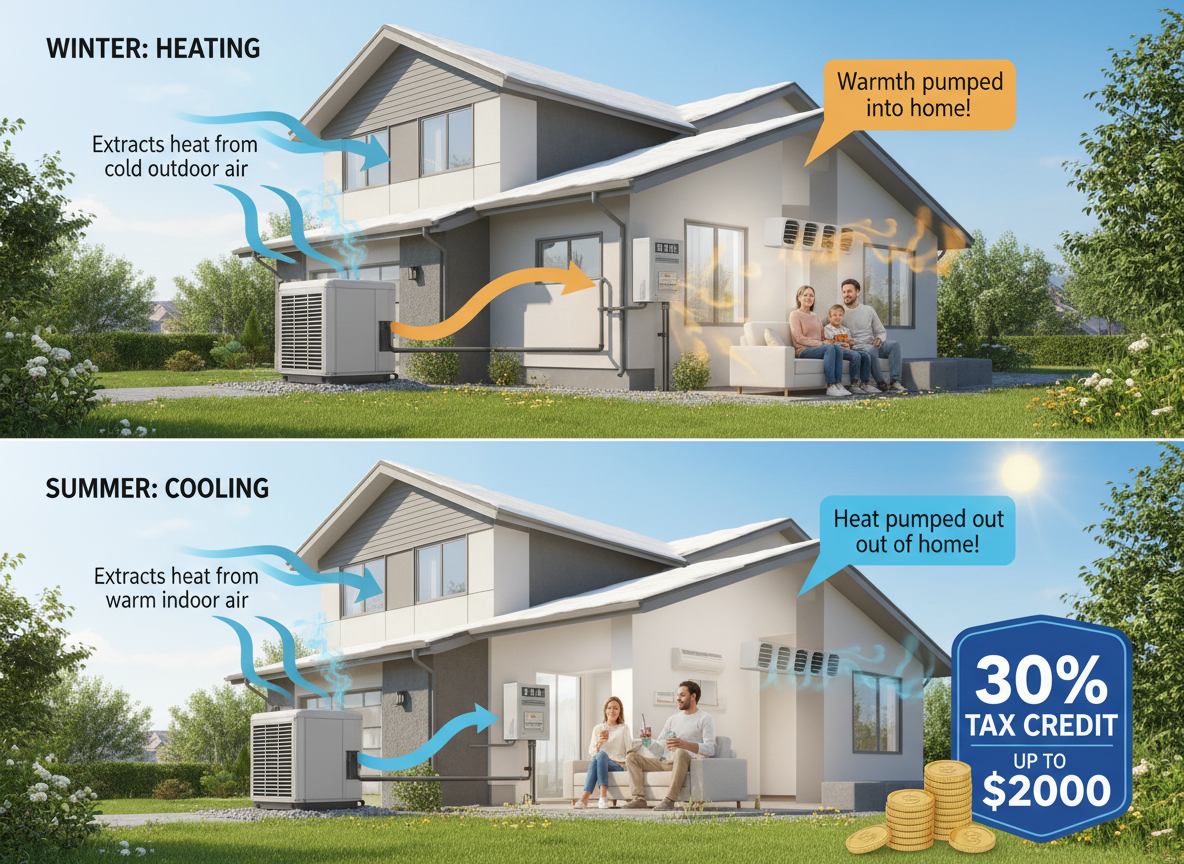
As a homeowner, it's beneficial to at least be a little bit handy around the house. Being able to repair some basic stuff is going to save you a bunch of money in the long run. When the toilet is overflowing in the middle of the night, and there's no landlord to call, it's great if you can determine the next step on your own, rather than calling a plumber to come on an emergency call, which could bill at double the normal rate.
However, there are some jobs around the house that you simply shouldn't do yourself. Like it or not, some jobs just require the touch of a professional. If you've never worked with electricity, you're probably not the right person to re-wire the ceiling fan. It might not be a bad idea to calla contractor to install a new dishwasher. And if your central air conditioner condenser needs to be replaced, well, that's probably a call for the professionals as well.
DIY Tips on Installing Air Conditioner Condenser
However, if you insist on installing your air conditioner condenser yourself, here are some tips:
You'll need to open a charge account at your nearest hardware store or big box home supply store. Replacing the condenser on a central air conditioner requires specialty tools like a vacuum pump, an amperage meter, and refrigerant gauges.
When you remove the old condenser, do not cut the refrigerant lines until you're ready to install the new one. Moisture build upon the refrigerant lines can lead to another malfunction. You may need to install new line when you put the new condenser in, so make sure that you have enough of that to do the job.
You'll need to have a refrigerant recovery system in place when you do cut the lines. If you just let the refrigerant vent out into the air, you'll be violating the clean air act of 1995. Fines for that can run in the tens of thousands of dollars, for a first offense.
If you had to put new refrigerant line in, you'll need to test them for leaks before you actually finish the installation. Fill them with an inert gas, pressurize them, and let them sit for an hour. If the pressure drops, you will need to determine if there is a leak by coating the lines with soapy water and looking for bubbles.
Once you get the condenser in, you need to charge the lines with refrigerant. It may seem tempting to replace the old R-22 refrigerant that your system was likely using, with the new, chlorine free 410-A refrigerant, however, even with a full line replacement, you cannot just put the new refrigerant in. If you want to use the cleaner refrigerant, you will need a whole new cooling system. There is currently no method in place to retrofit an older system to the newer coolant.
All in all, even though a professional ac condenser installation can be pretty expensive, buying all of the tools and equipment that you'll need to do this job yourself is going to be more expensive-especially if you mistakenly discharge some of the refrigerant when you clear the refrigerant lines. Paying a professional air conditioning contractor means that the job is done correctly, in a reasonable amount of time, without risk of breaking the law and getting a fine!
To learn more about services our company offers, please visit our homepage.






















.png)














